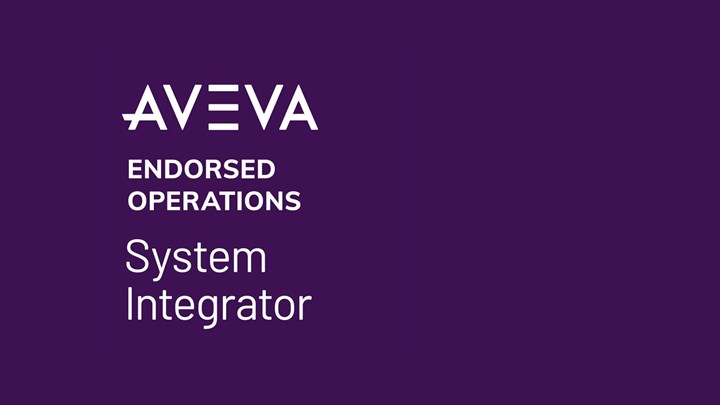Expert tips for a successful SCADA system upgrade
A successful SCADA system upgrade involves more than just by following steps. It requires careful planning, expert insights, and a strategic approach. This helps avoid pitfalls and ensures a smooth transition. Upgrading your SCADA system can unlock many benefits. These include improved performance, enhanced security, better integration, and increased scalability.
This is part 5 of a six-part series on SCADA system upgrades. In this series, we explore each stage of the upgrade process in detail, including:
- Part 1: 7 Warning signs your SCADA system needs an upgrade
- Part 2: 8 Reasons to upgrade your SCADA system with AVEVA
- Part 3: Step-by-step guide to upgrading your SCADA system
- Part 4: Challenges and mistakes to avoid during your SCADA upgrade
- Part 5: Expert tips for a successful SCADA system upgrade
- Part 6: Exploring the different types of AVEVA SCADA solutions
As an AVEVA Endorsed System Integrator, we provide the expertise to guide you through the complexities of the upgrade process. We’ve compiled a list of expert tips to help you navigate the complexities of the upgrade process. These tips will guide you toward a successful SCADA upgrade.
1. Experience matters:
Upgrading a SCADA system is not a one-size-fits-all process. Handling the complexities requires specific technical knowledge, experience, and expertise. If your team lacks experience or if this is your first major SCADA upgrade, consider partnering with an experienced AVEVA vendor like us. We can provide the technical guidance and support needed for a successful upgrade.
Experienced professionals can help you navigate challenges and avoid common mistakes. They also ensure the upgraded system aligns with your operational goals. Their expertise is key to a smooth and efficient upgrade process. Our deep expertise is key to a smooth and efficient upgrade process.
2. Gradual implementation:
Implementing changes gradually rather than all at once is a highly effective strategy for reducing disruption during a SCADA upgrade. Phased implementation lets you test each component before fully deploying it. This reduces the risk of unexpected issues and makes it easier for your team to adapt to the new system.
For example, you could begin by upgrading a single production line or a specific part of your facility. Then, gradually extend the changes across the entire operation. This approach helps minimize downtime and offers valuable system performance insights.
3. Opt for the latest version:
When upgrading your SCADA system, it might be tempting to save money by choosing an older software version. However, this can limit your access to the latest features, security updates, and performance improvements.
The latest SCADA versions are built to address current industry challenges. They offer better integration and advanced features. By investing in the latest version, you can future-proof your operations. This ensures your SCADA system stays competitive in an ever-evolving industrial landscape.
4. Testing in a staging environment:
Testing is a crucial part of any SCADA upgrade. It’s important to perform thorough testing in a staging environment before deploying the system in your production environment.
A staging environment lets you simulate real operations. This helps you identify potential issues and adjust without risking disruptions to production. During testing, you can check data integrity, system performance, security features, and hardware and software compatibility.
This careful approach prevents unexpected problems and ensures the upgraded system is ready for full deployment.
5. Comprehensive training:
Training is a key part of a successful SCADA upgrade. Operators, maintenance staff, and IT personnel must be familiar with the system’s features and functions to use it effectively.
Comprehensive training should cover basic operations, system navigation, advanced troubleshooting, and maintenance. Hands-on training and access to instructional materials help build team confidence. This ensures that staff are fully prepared to manage the upgraded system.
Additionally, trained personnel can become valuable resources for other employees, sharing knowledge and best practices across the organization.
We provide in-depth training to ensure that your team is fully equipped to handle the new SCADA system efficiently.
6. Robust support and maintenance plan:
Even after the SCADA upgrade, ongoing support and maintenance are crucial to keep the system running smoothly. Create a strong support plan that includes vendor support, regular software updates, and a clear process for handling any issues.
Consider setting up a dedicated support team or assigning specific staff to oversee the upgraded system. They can manage post-implementation challenges as they arise. A proactive approach to support and maintenance can prevent minor issues from becoming major problems. This ensures your SCADA system continues to perform at its best.
We offer ongoing support and maintenance to keep your SCADA system operating optimally long after the upgrade is complete.
7. Clear communication and stakeholder involvement:
Effective communication is essential for a successful SCADA upgrade. Keep all stakeholders informed at every stage, from planning and system selection to implementation and testing. Regular updates and open communication help build support, address concerns and ensure everyone is aligned with the upgrade’s goals.
Involve key stakeholders in important decisions, such as management, IT, and operations teams. This ensures the upgraded system meets the needs of all users. Clear communication and stakeholder involvement are critical for a smooth and successful upgrade.
Conclusion:
Upgrading your SCADA system is a significant investment that can bring substantial benefits. However, ensuring success requires careful planning, expert guidance, and a strategic approach. You can confidently navigate the upgrade process by following these expert tips – focusing on experience, gradual implementation, the latest version, thorough testing, comprehensive training, robust support, and clear communication. As an AVEVA Endorsed System Integrator, we are your trusted partner for ensuring a smooth SCADA upgrade.
Ready to upgrade your SCADA system with confidence? We are here to guide you through every step of the process. Contact us to start your SCADA upgrade journey today.
-
Brochures and guides
AVEVA white paper
White paper: Accelerating your manufacturing transformation with enhanced HMI/SCADA
-
Brochures and guides
AVEVA infographic
Infographic: 5 ways modern cloud-connected operations control outperforms legacy HMI/SCADA
















